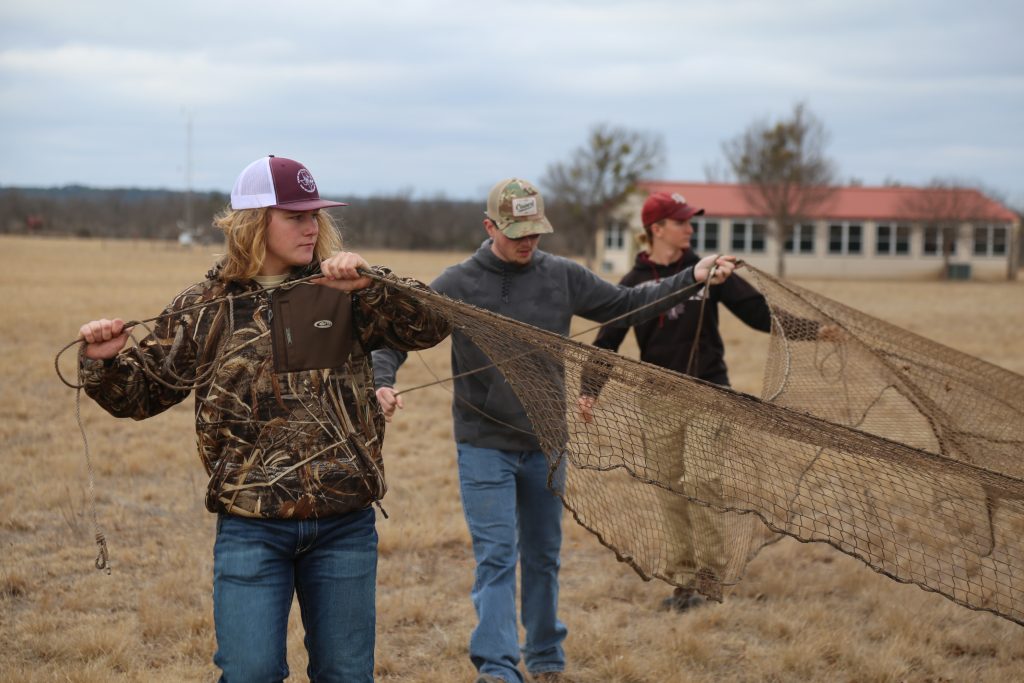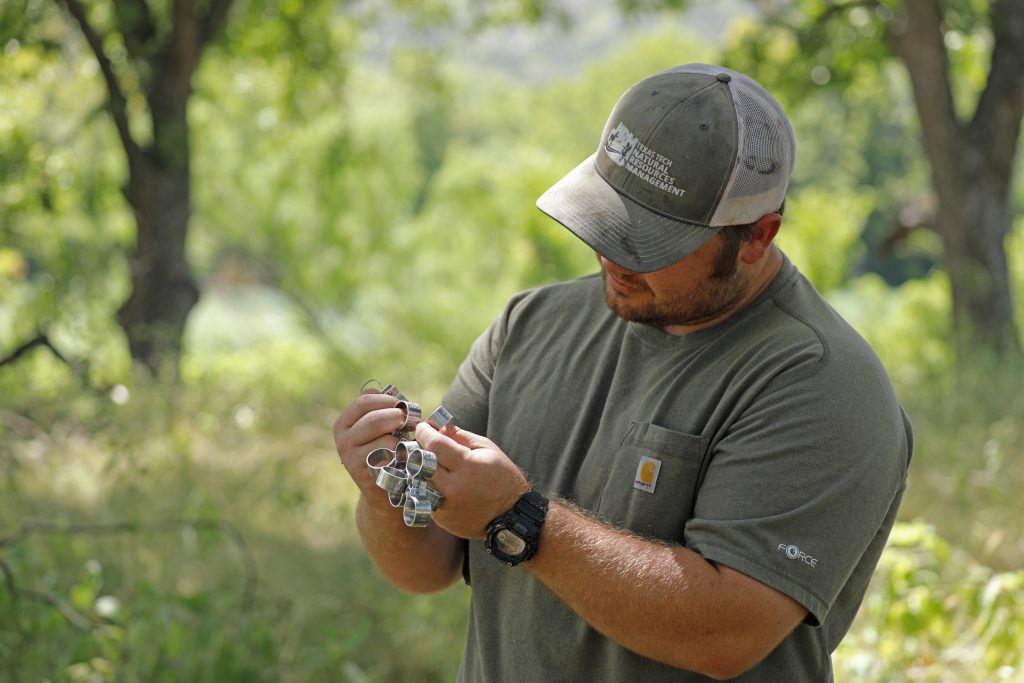Research Investigates Disease and Parasite Impact on Rio Grande Wild Turkey
The Rio Grande wild turkey, a distinct subspecies of North American wild turkey found primarily in Texas, Oklahoma, Kansas, New Mexico, and Nebraska, face many threats, such as habitat loss, urbanization, climate change, disease and parasites, and these factors play a significant role in impacting the overall health of Rio Grande wild turkey populations. Recognizing their importance, a new study emphasizes the critical need to closely monitor the health of these populations to ensure their long-term survival.
To address this issue, a new research project is underway to monitor parasites and diseases in Rio Grande wild turkeys. Spanning across four states (Texas, Oklahoma, Kansas and Nebraska) within the Great Plains ecoregion, the project’s scope covers a wide area, encompassing 13 different NWTF focal landscapes. Researchers will conduct surveys to assess parasites and infectious diseases in these turkeys, establishing baseline health information for the subspecies. By gaining a better understanding of the prevalence and severity of infections and parasitism, this research will contribute to the conservation efforts and long-term well-being for Rio Grande wild turkeys.
Previous studies on Rio Grande wild turkey have identified the presence of diseases, parasites and viruses that affect the populations, leading to illness and mortality. Additionally, in 2023, highly pathogenic avian influenza (HPAI) was reported in wild turkeys for the first time. This highly transmittable disease can result in the death of infected birds, as well as a decline in egg production in non-fatal cases. These findings highlight the importance of monitoring and addressing these health threats.
“The goal for this proposed study is to conduct a range-wide, comprehensive health assessment for Rio Grande wild turkeys,” said Dr. Blake Grisham, Texas Tech University associate professor of wildlife management. “Our findings will help us make future recommendations for continued surveillance of parasites and pathogens of concern to Rio Grande wild turkey in study locations.”
Grisham noted that currently, there are no formal studies specifically focusing on the overall health, susceptibility, prevalence of diseases and parasites and their underlying causes within Rio Grande wild turkey populations conducted at the subspecies distribution level. This means conducting research that covers the entire range or distribution area of the Rio Grande Wild Turkey subspecies, rather than focusing on specific locations or isolated populations.
The absence of standardized research has resulted in a limited understanding of the health status and specific threats. Conducting a comprehensive study is necessary to fill this gap, providing a clearer understanding of the health issues affecting these turkeys and providing valuable insights for the conservation and management of Rio Grande wild turkey populations.
“This knowledge could lead to the implementation of new regulations or management practices to protect harvestable Rio Grande wild turkey populations, while limiting the spread of parasites and diseases,” Grisham said.
Field research will begin fall and winter 2023, capturing Rio Grande wild turkeys using rocket nets or magnetic drop nets, baited with cracked corn and milo. The trapping of Rio Grande wild turkeys in each study area will continue during the fall and winter seasons until the birds disperse from non-breeding flocks to breeding individuals. This trapping process will be completed by the end of the fall and winter season in 2026.

When a Rio Grande wild turkey is captured, it will be equipped with an aluminum leg band with a unique number. Then, a small amount of blood will be drawn from its leg for testing and the cloaca (cavity at the end of the digestive tract) and choanal (nasal cavity opening) will be swabbed to collect samples for disease analysis. In addition, several breast feathers will be plucked, and the 8th secondary feather on each wing will be clipped for genetic analysis. These procedures enable researchers to gather important data and information.


Grisham, principal investigator of the study, will collaborate with co-investigators from seven universities, the newly established Texas Tech University School of Veterinary Medicine, and four professional student organizations to complete blood chemistry panels, blood counts, as well as disease, parasite and virus testing.
“It is extremely exciting that this research project will be a collaboration among leading wild turkey researchers and scientists, working together across state lines to do a nearly full range disease analysis,” said Annie Farrell, NWTF district biologist for Texas, Oklahoma, Kansas and Nebraska. “The implications and benefits are significant. By establishing a baseline health analysis, we can further help our state agency partners and other wildlife professionals better manage for the Rio Grande wild turkey populations.”
Additionally, this research aims to help other scientists monitor parasites and diseases in wild turkey populations by establishing standardized sampling methods. These findings can inform wildlife managers to guide regulations and practices to protect the turkeys and their genetic diversity, overall supporting their long-term survival while allowing for sustainable hunting.
“Investment in this project, as well as the other research projects in the Great Plains states, will help guide Rio Grande wild turkey management in the coming years, so this resource will continue to be around for future generations,” Farrell says.
This project is one of 10 new research projects across nine states the NWTF is funding, with $582,374 invested among these vital projects. These research projects are part of a nearly $9 million investment into wild turkey research in 2023, supported by the NWTF and its partners.
CONNECT WITH US
National Wild Turkey Federation
770 Augusta Road, Edgefield, SC 29824
(800) 843-6983
National Wild Turkey Federation. All rights reserved.
